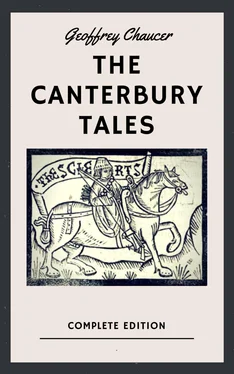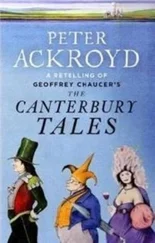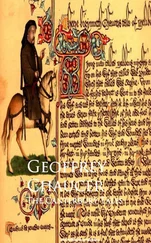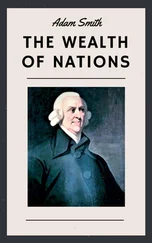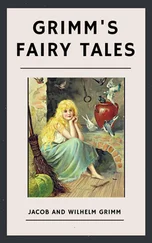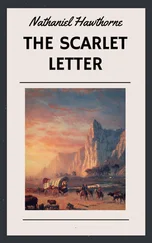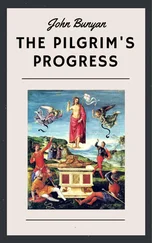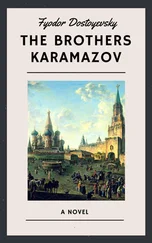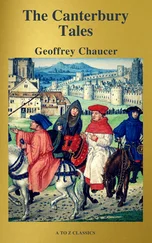Before a word beginning with a vowel, or with the letter "h," the final "e" was almost without exception mute; and in such cases, in the plural forms and infinitives of verbs, the terminal "n" is generally retained for the sake of euphony. No reader who is acquainted with the French language will find it hard to fall into Chaucer's accentuation; while, for such as are not, a simple perusal of the text according to the rules of modern verse, should remove every difficulty.
Notes to Life of Geoffrey Chaucer
1. "Edmund Spenser, a native of London, was born with a Muse of such power, that he was superior to all English poets of preceding ages, not excepting his fellow-citizen Chaucer."
2. See introduction to "The Legend of Good Women".
3. Called in the editions before 1597 "The Dream of Chaucer". The poem, which is not included in the present edition, does indeed, like many of Chaucer's smaller works, tell the story of a dream, in which a knight, representing John of Gaunt, is found by the poet mourning the loss of his lady; but the true "Dream of Chaucer," in which he celebrates the marriage of his patron, was published for the first time by Speght in 1597. John of Gaunt, in the end of 1371, married his second wife, Constance, daughter to Pedro the Cruel of Spain; so that "The Book of the Duchess" must have been written between 1369 and 1371.
4. Where he bids his "little book"
"Subject be unto all poesy,
And kiss the steps, where as thou seest space,
Of Virgil, Ovid, Homer, Lucan, Stace."
5. See note 1 to The Tale in The Clerk's Tale.
6. See note 1 to The Man of Law's Tale.
7. "Written," says Mr Wright, "in the sixteenth year of the reign of Richard II. (1392-1393);" a powerful confirmation of the opinion that this poem was really produced in Chaucer's mature age. See the introductory notes to it and to the Legend of Good Women.
8. The old biographers of Chaucer, founding on what they took to be autobiographic allusions in "The Testament of Love," assign to him between 1354 and 1389 a very different history from that here given on the strength of authentic records explored and quoted by Sir H. Nicolas. Chaucer is made to espouse the cause of John of Northampton, the Wycliffite Lord Mayor of London, whose re-election in 1384 was so vehemently opposed by the clergy, and who was imprisoned in the sequel of the grave disorders that arose. The poet, it is said, fled to the Continent, taking with him a large sum of money, which he spent in supporting companions in exile; then, returning by stealth to England in quest of funds, he was detected and sent to the Tower, where he languished for three years, being released only on the humiliating condition of informing against his associates in the plot. The public records show, however, that, all the time of his alleged exile and captivity, he was quietly living in London, regularly drawing his pensions in person, sitting in Parliament, and discharging his duties in the Customs until his dismissal in 1386. It need not be said, further, that although Chaucer freely handled the errors, the ignorance, and vices of the clergy, he did so rather as a man of sense and of conscience, than as a Wycliffite — and there is no evidence that he espoused the opinions of the zealous Reformer, far less played the part of an extreme and self- regardless partisan of his old friend and college-companion.
9. "The Commissioners appear to have commenced their labours with examining the accounts of the officers employed in the collection of the revenue; and the sequel affords a strong presumption that the royal administration [under Lancaster and his friends] had been foully calumniated. We hear not of any frauds discovered, or of defaulters punished, or of grievances redressed." Such is the testimony of Lingard (chap. iv., 1386), all the more valuable for his aversion from the Wycliffite leanings of John of Gaunt. Chaucer's department in the London Customs was in those days one of the most important and lucrative in the kingdom; and if mercenary abuse of his post could have been proved, we may be sure that his and his patron's enemies would not have been content with simple dismissal, but would have heavily amerced or imprisoned him.
10. The salary was L36, 10s. per annum; the salary of the Chief Judges was L40, of the Puisne Judges about L27. Probably the Judges — certainly the Clerk of the Works — had fees or perquisites besides the stated payment.
11. Chaucer's patron had died earlier in 1399, during the exile of his son (then Duke of Hereford) in France. The Duchess Constance had died in 1394; and the Duke had made reparation to Katherine Swynford — who had already borne him four children — by marrying her in 1396, with the approval of Richard II., who legitimated the children, and made the eldest son of the poet's sister-in-law Earl of Somerset. From this long- illicit union sprang the house of Beaufort — that being the surname of the Duke's children by Katherine, after the name of the castle in Anjou (Belfort, or Beaufort) where they were born.
12. Of Chaucer's two sons by Philippa Roet, his only wife, the younger, Lewis, for whom he wrote the Treatise on the Astrolabe, died young. The elder, Thomas, married Maud, the second daughter and co-heiress of Sir John Burghersh, brother of the Bishop of Lincoln, the Chancellor and Treasurer of England. By this marriage Thomas Chaucer acquired great estates in Oxfordshire and elsewhere; and he figured prominently in the second rank of courtiers for many years. He was Chief Butler to Richard II.; under Henry IV. he was Constable of Wallingford Castle, Steward of the Honours of Wallingford and St Valery, and of the Chiltern Hundreds; and the queen of Henry IV. granted him the farm of several of her manors, a grant subsequently confirmed to him for life by the King, after the Queen's death. He sat in Parliament repeatedly for Oxfordshire, was Speaker in 1414, and in the same year went to France as commissioner to negotiate the marriage of Henry V. with the Princess Katherine. He held, before he died in 1434, various other posts of trust and distinction; but he left no heirs-male. His only child, Alice Chaucer, married twice; first Sir John Philip; and afterwards the Duke of Suffolk — attainted and beheaded in 1450. She had three children by the Duke; and her eldest son married the Princess Elizabeth, sister of Edward IV. The eldest son of this marriage, created Earl of Lincoln, was declared by Richard III heir-apparent to the throne, in case the Prince of Wales should die without issue; but the death of Lincoln himself, at the battle of Stoke in 1487, destroyed all prospect that the poet's descendants might succeed to the crown of England; and his family is now believed to be extinct.
13. "Geoffrey Chaucer, bard, and famous mother of poetry, is buried in this sacred ground."
14. Railings.
15 Translation of the epitaph: This tomb was built for Geoffrey Chaucer, who in his time was the greatest poet of the English. If you ask the year of his death, behold the words beneath, which tell you all. Death gave him rest from his toil, 25th of October 1400. N Brigham bore the cost of these words in the name of the Muses. 1556.
16. See the Prologue to Chaucer's Tale of Sir Thopas.
17. See the "Goodly Ballad of Chaucer," seventh stanza.
18. See the opening of the Prologue to "The Legend of Good Women," and the poet's account of his habits in "The House of Fame".
THE CANTERBURY TALES.
THE PROLOGUE.
WHEN that Aprilis, with his showers swoot*, *sweet
The drought of March hath pierced to the root,
And bathed every vein in such licour,
Of which virtue engender'd is the flower;
When Zephyrus eke with his swoote breath
Inspired hath in every holt* and heath *grove, forest
The tender croppes* and the younge sun *twigs, boughs
Читать дальше
